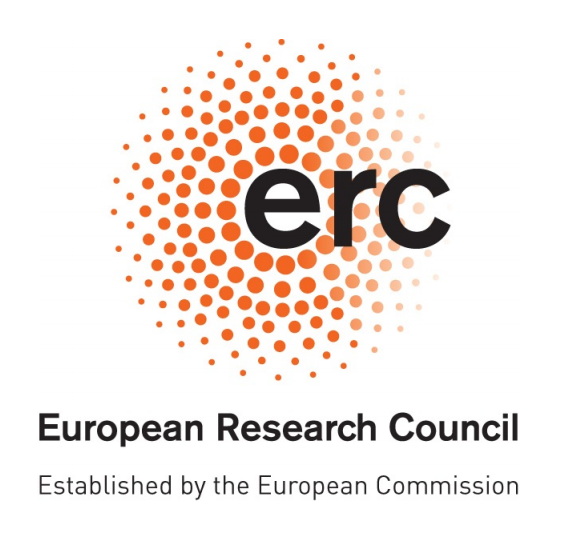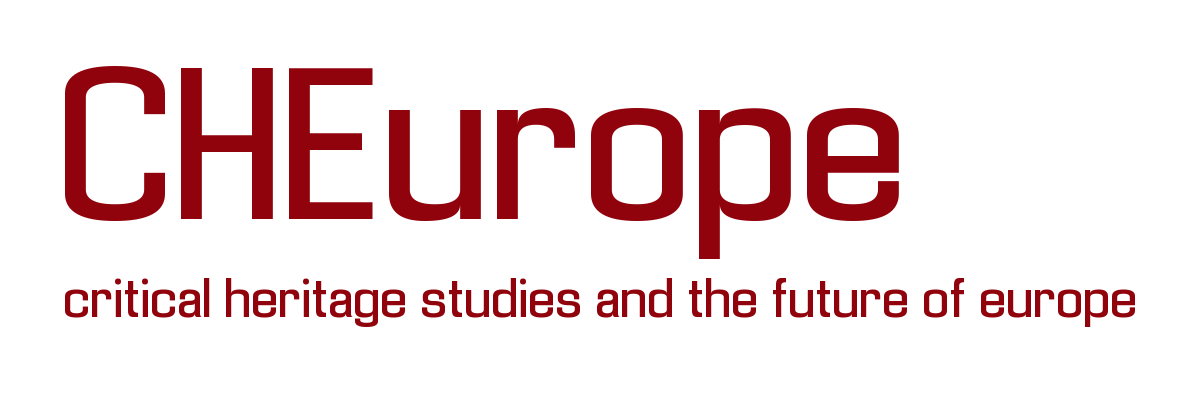Two CHEurope members awarded ERC grants
Posted on: November 23, 2020
We are thrilled to announce that two of the CHEurope project consortium members have just been awarded each a huge ERC Synergy Grant by the European Research Council (ERC).
The first project entitled “From correlations to explanations: towards a new European prehistory” will be led and coordinated by Bronze Age specialist Kristian Kristiansen, Professor in Archaeology, and archaeologist Karl Göran Sjögren from the University of Gothenburg. In addition to other archaeologists from the University of Gothenburg, the project also includes strontium isotope specialists from the National Museum in Copenhagen, geneticists and archaeologists from University College London and geneticists from the Lundbeck Foundation GeoGenetics Centre at the University of Copenhagen. By combining novel modelling approaches with archaeology and large quantities of data and analyses – including everything from prehistoric genetic material to climate data – the research team aims to discover and explain the key processes behind the genetic and cultural diversity in Europe. The researchers will investigate the period from the first farmers around 6,000 years BCE, to the end of the Bronze Age around 500 years BCE.
The second project is entitled “Material Minds: Exploring the Interactions between Predictive Brains, Cultural Artefacts, and Embodied Visual Search” and is led by Felipe Criado-Boado, Spanish National Research Council (CSIC), Institute of Heritage Sciences (Incipit), in partnership with Andy Clark, University of Sussex, Department of Informatics and Department of Philosophy (UK), Luis M. Martínez, Spanish National Research Council-CSIC, Institute of Neurosciences-IN (SP) and Johannes Müller, University of Kiel, Institute of Prehistoric and Protohistoric Archaeology (DE). The project asks in what ways the worlds we build and inhabit alter our own minds and the ways we process information? Do the material structures of our settlements, buildings, roads, and artefacts change fundamental patterns of thought and attention, so that understanding change in these ‘material codes’ becomes part and parcel of understanding the emergence of the modern mind? To answer these questions, the “Material Minds” Project brings together a unique team from archaeology, vision science, and cognitive philosophy. Using a carefully curated set of materials, spanning a range of cultures and a wide sweep of archaeological, historic, ethnoarchaeological and contemporary settings, we aim to test, for the first time, the hypothesis of materiality-driven cognitive change. “Materiality” here refers to material culture: human made cultural artefacts that include portable objects but also buildings, landscapes and ornamentations. The project will develop and deploy a new synergistic methodology that combines multiple real-world case studies with state-of-the-art visual neuroscience, and agent-based simulations.
The ERC’s Synergy projects represent the absolute top-tier of European research projects and target small groups of very prominent researchers who want to collaborate on a joint research project. As the name suggests, these research projects bring together leading researchers from different fields who join forces to achieve new, innovative results that none of them could have achieved alone. Projects can be funded up to 10 million € for a period of 6 years.
More information on:
https://www.gu.se/en/news/big-interdisciplinary-project-to-reveal-patterns-of-migration
XSCAPE_Project_Information-sheet
